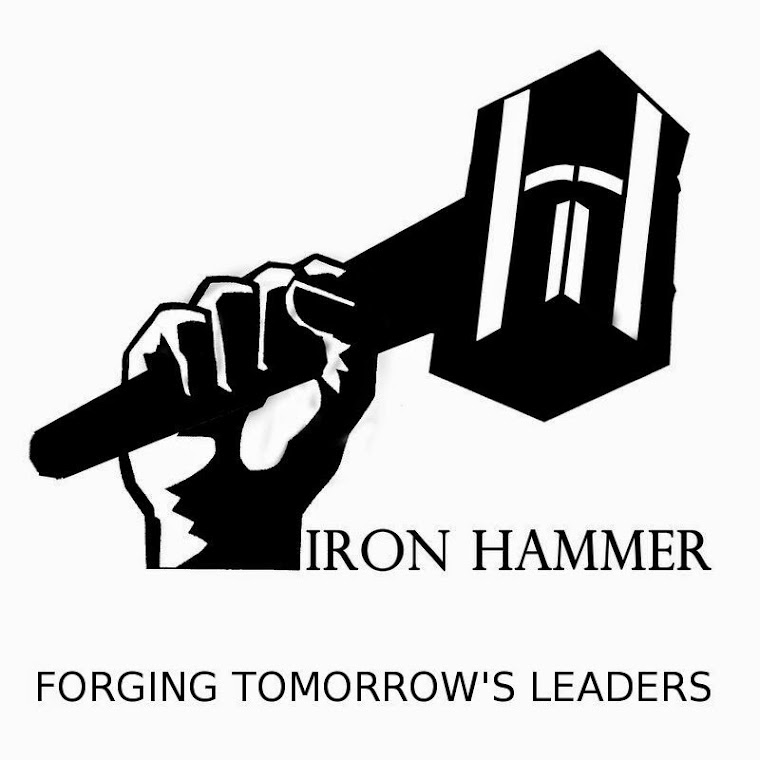TCN - TO COŚ NOWEGO
Odpowiadając na sugestie z listów od fanów, których nie otrzymaliśmy, zamieszczamy pierwszy artykuł po polsku. Artykuł ten ma charakter informacyjny i nie stanowi oferty handlowej w rozumieniu art.71 Kodeksu Cywilnego.
Filozofia wytwarzania produktu softwarowego w ujęciu procesowym, przeszła znaczącą transformacje nawet w najbardziej skostniałych organizacjach na całym świecie.
W zależności od przyjętej taksonomii w każdej dużej organizacji zaobserwować można współistniejące razem podejścia:
a) wiecznie żywy lecz ukryty wodospad
b) entuzjastyczny edżajl z rozmytą odpowiedzialnością
c) ortodoksyjny czysty skram z kompleksem Yeti
d) rytmiczny lecz duszący canban
e) oraz wszechobecny w hasłach
lin
Systemy, filozofie i metodologie przeplatają się wzajemnie tworząc jedną nierozerwalną całość zwaną rzeczywistością - patrz rys.1. Niezaprzeczalną zaletą tej całości jest fakt że ona DZIAŁA i to praktycznie w każdej organizacji, inżynierowie pracują, produkty powstają, interesariusze zarabiają pieniądze. Jedyną wadą jest oczywista nieefektywność.
 |
| http://www.cohju.co.jp/cn14/sangsun.eg |
Wychodząc naprzeciw wyzwaniom przyszłych okresów instytut nasz przedstawia
TCN.
TCN został opracowany iteracyjnie w okresie 2013 -2015, niezależnie w kilku firmach zajmujących się produkcją oprogramowania i realizacją usług IT w Polsce. Jest to rodzima odpowiedź na często ortodoksyjne i nieelastyczne podejścia zachodnie wymagające dojrzałości pracowników, dyscypliny organizacji i wsparcia menadżerów.
Implementacja
TCN nie wymaga od organizacji praktycznie żadnego wysiłku, jedyny koszt to czas wdrożenia, który w zależności od wielkości organizacji trwa od tygodnia do kwartału. Resztą zajmują się eksperci współpracujący z naszym instytutem pobierając jedynie 1 procent od uwolnionego przez zwiększoną efektywność przychodu EBIT w okresie 2 lat po wdrożeniu.
TCN czyli
To Coś Nowego opiera się na bardzo prostych i jasnych założeniach, nie odcinając się od dziedzictwa metodyk zwinnych, lecz czerpiąc z nich najlepsze praktyki. Uważamy, że światowa adaptacja
TCN'a jest nieunikniona, i z całą stanowczością wierzymy że filozofia
TCN w przyszłości stanowić będzie o przewadze konkurencyjnej przedsiębiorstw.
Hiperefektywność, która jest nieuniknionym efektem wdrożenia
TCN zwiększy nie tylko wydajność zespołów, ale bezpośrednio przełoży się na rentowność całych działów biznesowych i w konsekwencji na wyniki firmy już w pierwszym kwartale po wdrożeniu.
Kilka założeń
TCN, które z osobna nie stanowią całej filozofii, lecz stanowią jej nierozerwalne ogniwa:
a)
TCN nie posiada spisanego manifestu, nie istnieją sztywne zasady ani reguły, każdy zespół i organizacja określa je iteracyjnie i stają się one trwałym elementem kultury organizacyjnej.
b) w odróżnieniu od etymologi edżajlowej w
TCN praca podzielona jest na wycinki zwane slalomami. Optymalna długość slalomu (dziedziczenie metodyk zwinnych) wynosi od 6 do 8 godzin.
c) każdy team może osiągnąć maksymalną efektywność jedynie w przyszłości. Obecna i przeszła efektywność są jedynie danymi statystycznymi.
d) optymalna ilość pracowników w hiperefektywnym zespole projektowym wynosi
1. Minimalizuje to nakłady związane z koordynacją zadań, rozmyciem odpowiedzialności, komunikacją w projekcie i w dużej części mityguje problemy interpersonalne. Jeśli jest to niemożliwe z powodów inercji organizacji, należy dobrać ilość ludzi w zespole projektowym do wielkości pomieszczenia, z zachowaniem zasad BHP. Krytyczne dla organizacji jest, aby ilość ludzi w danym pomieszczeniu była stała, co
minimalizuje koszty wynajmu przestrzeni biurowej i administracji.
e) Team
TCN'owy powinien mieć wszelkie kompetencje i zasoby potrzebne do wykonywania każdej pracy występującej w budynku organizacji. Frontlobe pomieszczeniowy w rozbiciu na zadania slalomowe rozbijany jest z centralnego frontlobe'u budynkowego przez slejwow produktu. Osoby z poszczególnych teamów i pomieszczeń przypisują się do zadań samodzielnie, a room mister dba o odpowiednie przestrzeganie procesu TCNowego.
f) o podtrzymywalności ponadstandardowych wyników zespołów hiperefektywnych, w dużym horyzoncie czasowym, decyduje rytm. Ważny jest tak samo rytm dobowy, rytm snu jak i rytm produkcji software'u. Badania amerykańskich naukowców prowadzone na
Universytecie Stanowym w Pitsburgu, wykazały, że najbardziej produktywne są zespoły, w których większość pracowników jest wyspana, ale też nie jest zbyt głodna.
g) sit-downy (czyli omówienie czego nie zrobiłem oraz czego na pewno nie zrobię wraz z podaniem prawdopodobnej przyczyny), dla slalomów 8-godzinnych, są opcjonalne i nie powinny być częstsze niż co 30 minut. Spektrorektywa, czyli wyciągnięcie wniosków z obecnego slalomu przewidziana jest codziennie po godzinach pracy.
Trudno jest w tych kilku krótkich zasadach zawrzeć całość charakterystyki filozofii
TCN, zwłaszcza ze ulega ona ciągłej metamorfozie.
TCN wdrożony wczoraj w organizacji X jest zupełnie inny od tego wdrożonego jutro w firmie Y. Duch filozofii jednak pozostaje niezmienny i stanowi o ponadczasowości tego podejścia.
Przewaga
TCN'a, nad archaizmem wodospadu czy indoktrynacją edżajla zawiera się w jednym fundamentalnym prawie:
"Różni ludzie w różnych sytuacjach różnie się zachowują"
Gorąco polecam własnej eksperymentacji i zachęcam do kontaktu.



